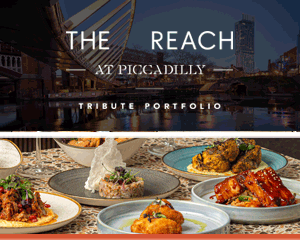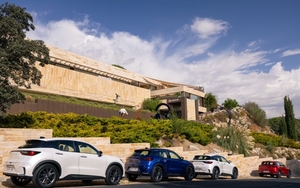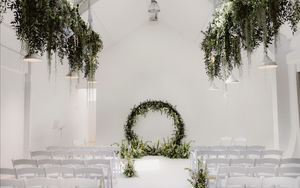THERE'S an old saying, “If walls could talk”, and Northern Ireland is, perhaps, the one place where they really do vividly tell all.
Liverpool, 2008, and, in the run up to Liverpool’s year as European Capital of Culture, Dr Stuart Borthwick found himself working on two wall murals.
So inspired did the experience leave him that he embarked on a seven year journey to find out more about one of the most remarkable visual art forms in the world: the murals of Northern Ireland.
Mural painting may be a global phenomenon, with bigger, perhaps grander, murals elsewhere - but there are nothing in the world quite like the murals of Northern Ireland
Now Borthwick, a senior academic in arts and media at Liverpool John Moores University, has produced a book containing hundreds of photographs, telling the stories behind the often lavish paintings.
For more than a century, conflict, armed and otherwise, has been depicted in graphic detail over the gable-end walls of terraces in Belfast and other parts of the province. They record, from both the loyalist and nationalist side, a prolonged and bitter period which saw hundreds of killings, bombings, assassinations and occupation by the British Army.
“They chart a unique history, not just about the Troubles, but the pre-history and the history of conflict in Northern Ireland,” says Borthwick.
“They were seen as a way by communities of telling their stories to the outside world. They gave a voice to those communities where, for many years, people felt disenfranchised and had no voice.
“During the years of the Troubles, the artists risked being assassinated if they were caught painting murals. Yet many are detailed and complex and well composed and constituted.
“It is quite rare anywhere in the world to have such a proliferation of murals, attached mainly to the gable ends of buildings. It has been estimated there are around 600 in Northern Ireland, around half of them in Belfast.”
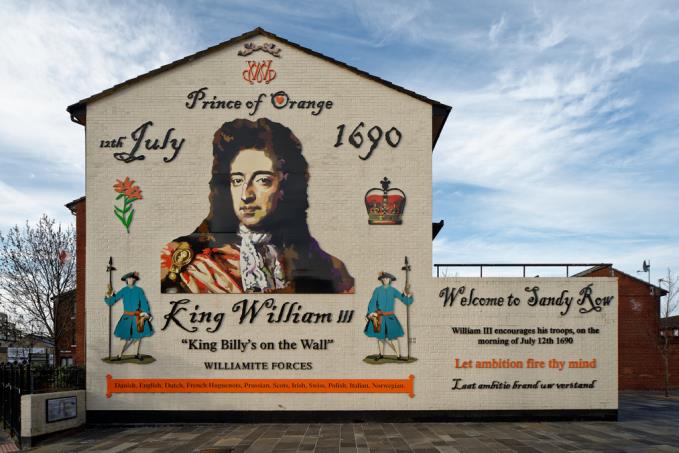
The tradition of mural painting started as a celebration to mark the victory of England’s King William of Orange at the Battle of the Boyne in 1690. Even today, several areas of Northern Ireland are Loyalist strongholds and “King Billy’s” victory, on July 12, is still widely celebrated with Orange Lodge parades and carnivals.
Murals continued to appear throughout the 20th century, through two World Wars, the Easter Rising, the Irish War of Independence and Irish Civil War.
“However, during the historical period of the Troubles, in the 1980s, there was a significant shift,” Borthwick says.
“While murals continued to be painted in the heart of Unionist communities, they were starting to be accompanied by imagery supporting Loyalist paramilitary groups and, around the same time, Republican activists in nationalist areas also began painting murals.”
He adds: “During the Troubles, mural painting was perceived to be a dangerous activity which meant that many murals were painted quickly and left unsigned. Nowadays murals are painted at a more leisurely pace and often signed by their creators.”
One of the murals painted in the 1960s, declaring “You are now entering Free Derry”, has been declared a national monument and remains under official protection.
Another, on the side of the pro-unification Sinn Fein office in the Falls Road area of West Belfast, pays tribute to Bobby Sands, IRA volunteer who died in prison in 1981 while on a hunger strike. During his time in prison he was elected as a British Member of Parliament.
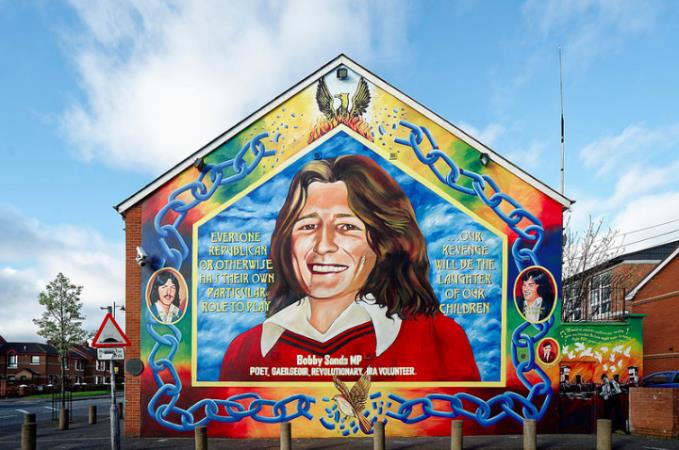
In the more peaceful times in Northern Ireland, the murals have become a major tourist attraction, particularly in Belfast.
“The murals are rich in evocative imagery and represent a stunning exposition of Republican and Loyalist values,” says Borthwick.
“Mural painting may be a global phenomenon, with bigger, perhaps grander, murals elsewhere - but there are nothing in the world quite like the murals of Northern Ireland.”
*The Writing on the Wall: A Visual History of Northern Ireland, is published on October 21 by Bluecoat Press, Liverpool. The book is being launched at 7pm on Wednesday at the Bluecoat Chambers as part of the Liverpool Irish Festival. Free entry.
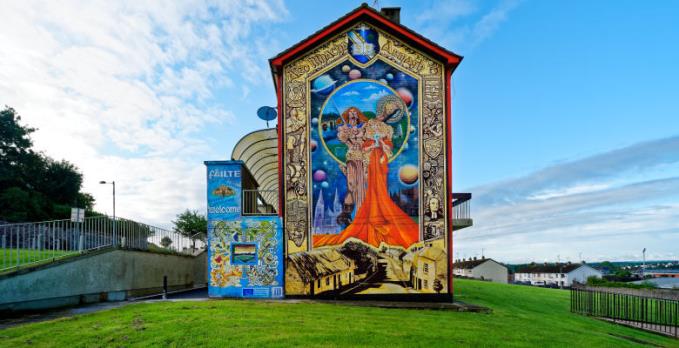
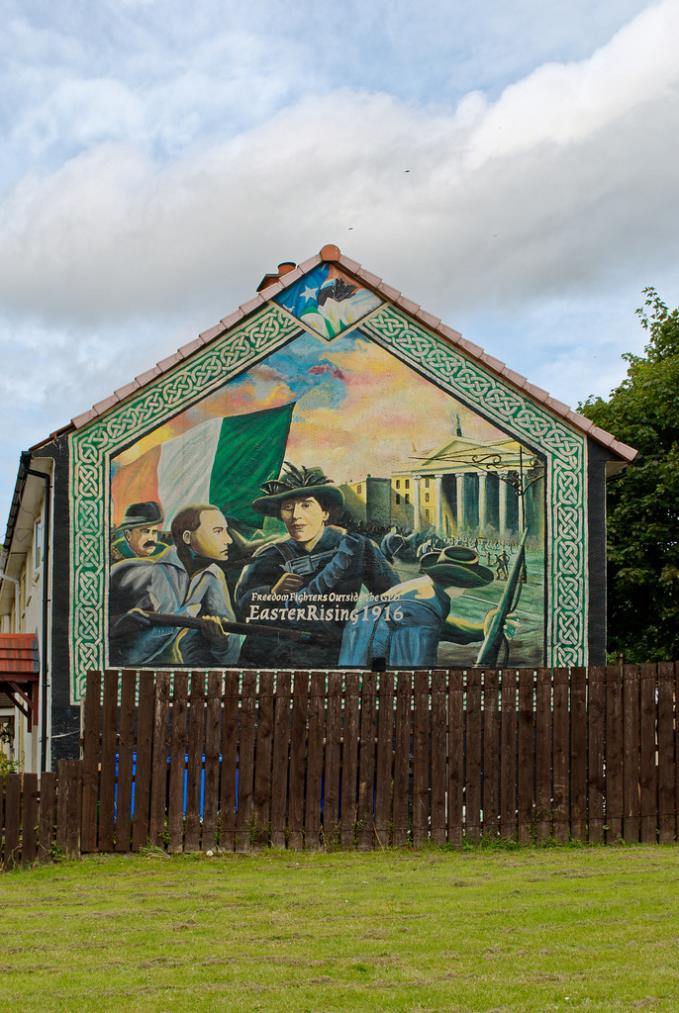

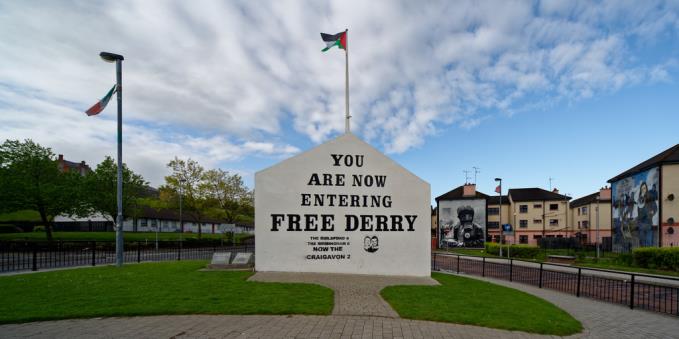 A national monument
A national monument







